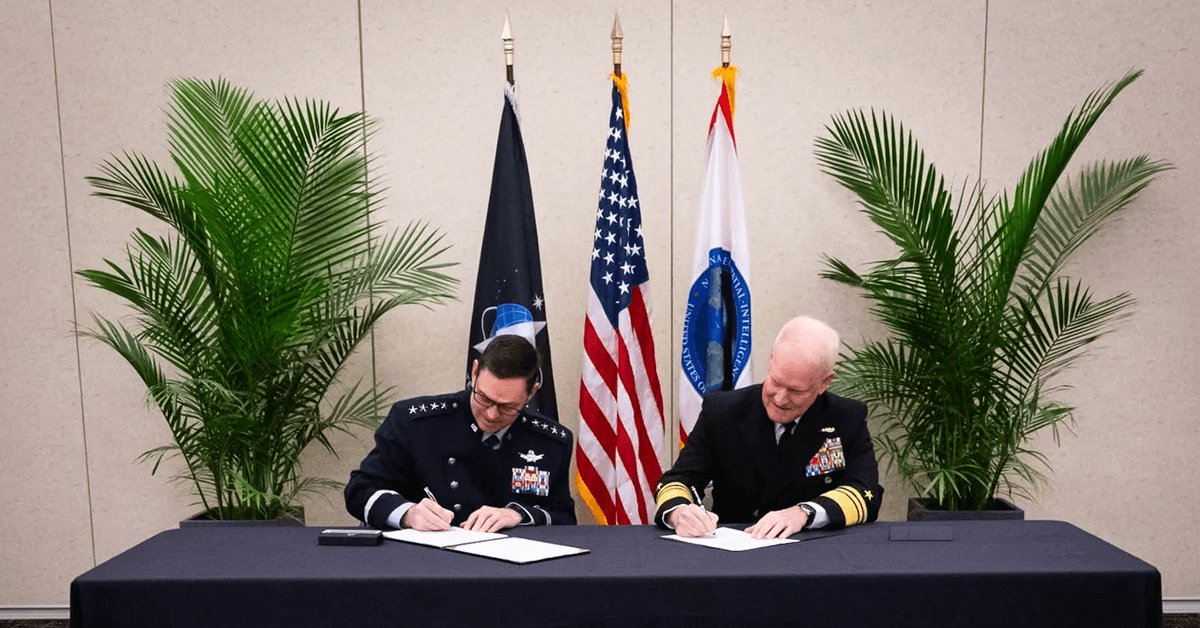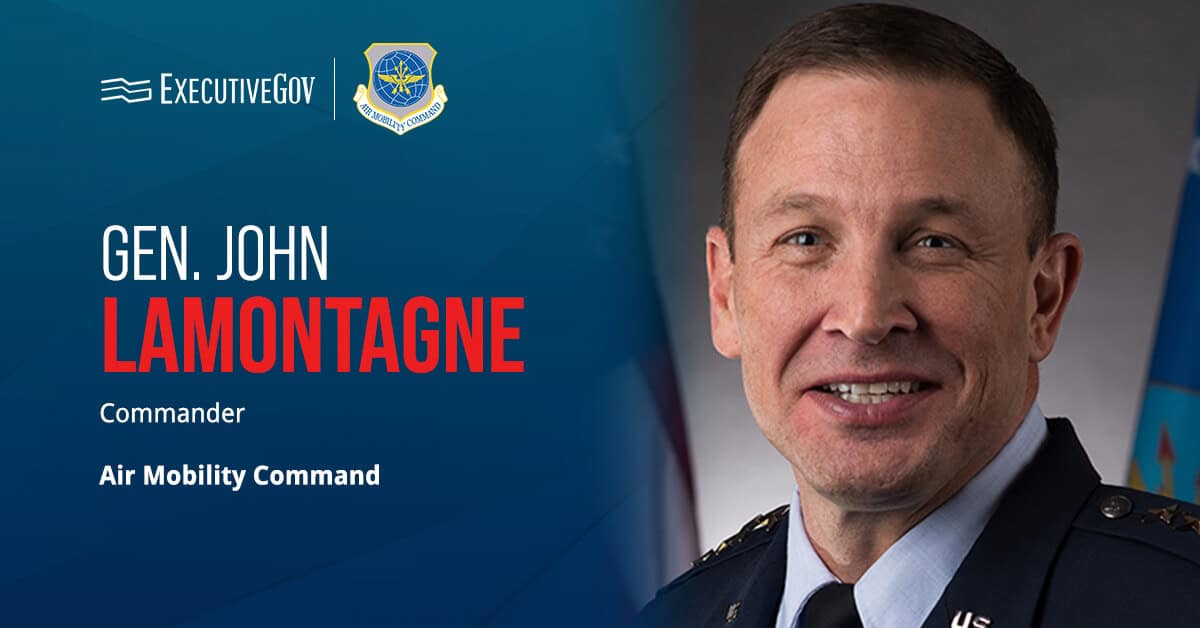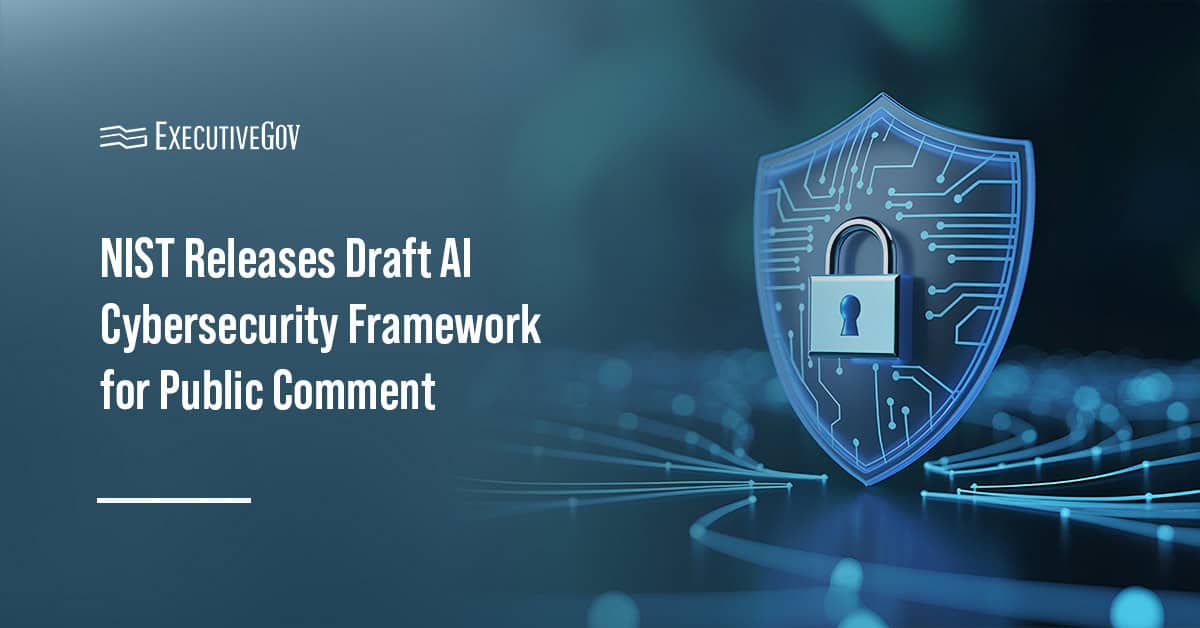The National Geospatial-Intelligence Agency and the U.S. Space Force have formalized a partnership centered on the latter’s Tactical Surveillance, Reconnaissance and Tracking, or TacSRT, program.
The agency said Wednesday NGA Director Vice Adm. Frank Whitworth and Chief of Space Operations Gen. Chance Saltzman signed a memorandum of agreement during the annual GEOINT Symposium in St. Louis, Missouri, on May 21.
Table of Contents
Streamlining ISR Data Acquisition
The partnership establishes a framework that facilitates collaboration and coordination between the two government organizations. It outlines each party’s distinct roles and responsibilities in acquiring imagery-related remote sensing data from commercial satellite operators and disseminating these intelligence, surveillance and reconnaissance, or ISR, products. The agreement boosts support to the combatant commands and reduces redundant efforts.
Learn about the latest from the intelligence community as the Potomac Officers Club presents the 2025 Intel Summit on October 2. Register to save your spot and gain insights into the future of intelligence.
“What [the agreement] really reflects is the quality of collaboration and every echelon that was necessary to work through these procedures,” said Saltzman, a three-time Wash100 Award winner. “I’m excited about this because of what it represents, and that’s really industrial-strength collaboration,” he added.
Whitworth, who has won the Wash100 Award four times, shared Saltzman’s sentiment, describing the formal accord as “a new standard for collaboration.”
What Is the Tactical Surveillance, Reconnaissance and Tracking Initiative?
TacSRT is an initiative led by the Space Force designed to swiftly provide combatant commands with unclassified, commercial sensing and analytics. It utilizes Space Force’s service components and enables swift responses to operational requests from the combatant commands.






